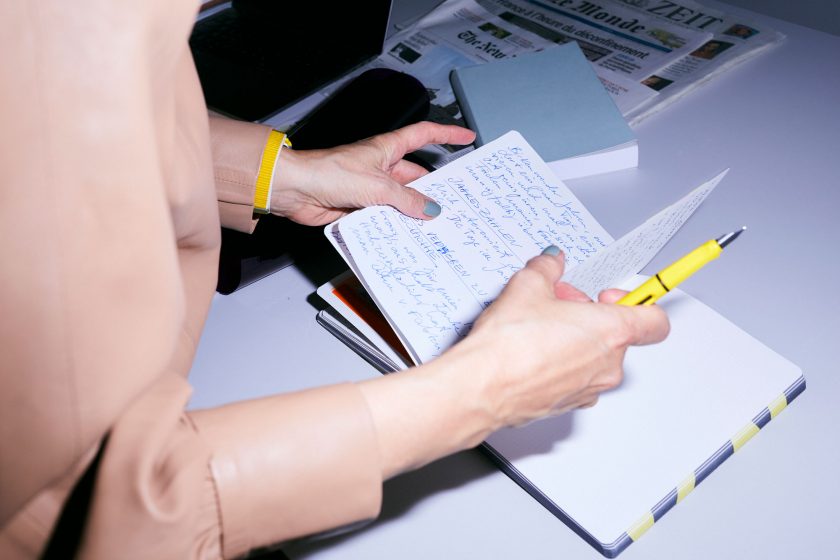Just recently, Apple presented the Apple Watch Series 4 whose new cardio and life saving features spread through the press. These rather dramatic use cases suggest Apple is still trying to justify why its watch is useful and why you should wear it, four years after its market debut. This begets the question: Why is that so?
Initially, the Apple Watch became the best-selling wearable device, with 4.2 million sold post-launch in the first quarter of 2015. Ever since, its existence has resembled the iPad in its early days: a new entry point to your digital life, but nobody really understands what it’s good for. This is something I observe each day simply based on the sheer number of people approaching me as an Apple Watch wearer. Nobody would ever why I have an iPhone, but I get asked quite often why I wear an Apple Watch. So, here’s my go at answering the questions on everyone’s minds: What’s the user experience of wearing an Apple Watch? And what role does it play in daily life?
Timepiece
When I got my first iPhone in 2008, I dropped the watch I had been wearing around my wrist for many years. My phone became my clock and I started glancing at my iPhone whenever I wanted to know what time it was. There’s an ongoing debate in the press, toing and froing between ‚Smartphones Are Killing The Watch Industry’ and ‚Why Wrist Watches Won’t Go Out Of Style’. I haven’t done proper research on the actual numbers, but, in my case, I reached a point at which was simply ready to wear a timepiece again.
It’s a remote control
The first series’ of the Apple Watch are a kind of a remote control for your iPhone. They work well, say, while walking around the office because you don’t have to carry your iPhone all the time. Or if you are at a lively party and, hurray for the Apple Watch, you know the kids are calling even though your iPhone tucked away in your handbag and you wouldn’t have heard it otherwise.
With an integrated SIM card, the new Apple Watches Series 3 LTE works without an iPhone, so you can expect to see lots of people running around talking to their wrists, just like David Hasselhoff once did with KITT. I even considered getting one for my teenage kids, notorious for carry around their iPhones in their pockets, on the verge of falling out or getting lost. Wrapped tightly around their wrists, an Apple Watch almost resembles the first messenger device: the pager.
Health stuff
The Apple Watch has all sorts of health and fitness features. It tracks your 10,000 steps a day, your physical activity, your heartbeat. It even reminds you to stand up after you’ve been sitting at your desk for an hour, and suggest some meditation or breathing exercise every now and then. Personally, I don’t use these features and have them switched off. But for those keen on them, I can imagine they are useful. And if memory serves me correctly, a step tracking wristbands is what got me back into running.
A discreet gesture
We’re all used to it now, but it doesn’t make it any better. Everybody is constantly fiddling around with their smartphones. Particularly in business meetings, we have completely lost our sense of proper behaviour and etiquette. How many times have I found myself presenting an idea with a the team or to a client, something I had invested time in and that meant something to me, and nobody was listening because everybody was on their phones the entire time.
The Apple Watch is subtler and less rude than your smartphone (when all tones are switched off). If a phone call or a message comes in, the watch gently notifies your wrist. No awkward Star Trek ringer, no vibrating, no flashing light, nothing that draws all attention to the device. In an instant, and with a mere glance at your watch, you see who’s calling or written a message. If you don’t want to react, you just cover the watch with your other hand or send an instant ‘Call you later’. The watch is your device for handling digital communication more discreetly, without interrupting real world communication with your peers.
Habits of staying sane in the digital age: Dezentralize
Many didn’t notice at first, but over the course of the last ten years, since launch of the original iPhone, we all picked up the bad habit of being glued to our phones. The curse of the smartphone is that it bundles almost every area of our lives, so it gives you a hundred reasons to grab it, all the time. And it’s addictive. How often have you picked up your phone to do something, then saw an unanswered push notifications, then clicked on Insta and so on – until you’d totally forgotten what you originally wanted to do.
One way to reduce the time spent on your iPhone is to start decentralizing functions by using other tools and devices. It may sound strange and contradictory at first to add more devices in order to reduce your screen time. But that, in fact, is how things used to be, right? We carried around a mobile phone, a physical or digital calendar, an address book and an mp3 player. Wearing an Apple Watch helps you decrease the number of times you reach for your phone by letting you take calls, look at messages and check the time. And using the watch is less addictive. The smaller screen size inherently limits all the features, leaving you with fewer ways to get sucked in. On a personal level, the Apple Watch helps me get in the habit of staying sane in the digital age.




